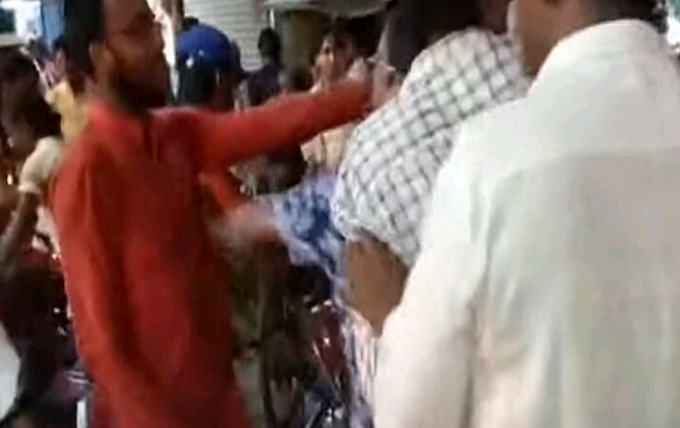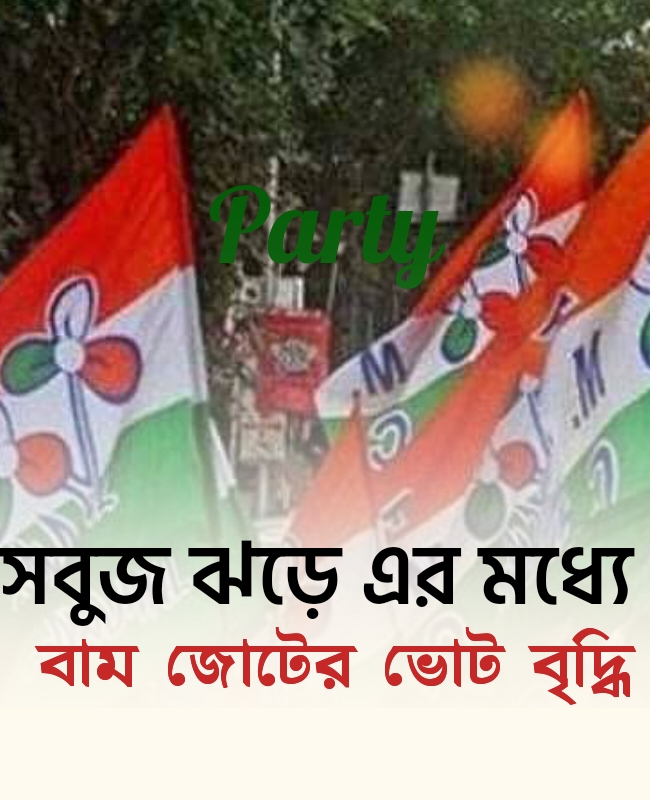BSF Officer NND Dubey’s Heroic Operation Against 2001 Parliament Attack Mastermind Ghazi Baba Revisited in Viral Photo
Srinagar, April 23, 2025 — A recently resurfaced photograph shared by author and journalist Rahul Pandita on X has reignited interest in one of the most significant counter-terrorism operations in India’s history. The image, posted on April 13, 2025, captures Border Security Force (BSF) officer Narendra Nath Dhar Dubey at a Jaish-e-Mohammed hideout in Srinagar, the night before he led the operation that eliminated Ghazi Baba, the mastermind behind the 2001 Indian Parliament attack. The operation, which took place in 2003, marked a turning point in India’s fight against terrorism in Jammu and Kashmir.
The BSF officer, NND Dubey, who killed the Parliament attack mastermind Ghazi Baba. It was a privilege to tell his story (for the first time ever) in my book, The Lover Boy of Bahawalpur.
— Rahul Pandita (@rahulpandita) April 13, 2025
In this picture, Dubey (extreme left) at a Jaish hideout the night before Ghazi Baba kill. pic.twitter.com/YCK5KLZmaN
The photograph shows Dubey, dressed in camouflage on the far left, alongside other security personnel, including a senior officer in a peaked cap and several others in civilian attire, as they prepare for the high-stakes mission. The setting appears to be a modest room, possibly within the Noor Bagh neighborhood of Srinagar, where Baba was eventually neutralized. The image, shared alongside a caption referencing Pandita’s book The Lover Boy of Bahawalpur, has sparked renewed conversations about the bravery and strategic brilliance of India’s security forces.
Ghazi Baba, born Rana Tahir Nadeem in Bahawalpur, Pakistan, was the commander-in-chief of Jaish-e-Mohammed, a Pakistan-based terrorist organization responsible for several high-profile attacks in India. The 2001 Parliament attack on December 13 was among his most infamous operations, where five Jaish terrorists stormed the Indian Parliament in New Delhi, killing nine people, including six Delhi Police personnel, two Parliament Security Service members, and a gardener. The attack, which narrowly failed to target key Indian lawmakers, triggered a massive military standoff between India and Pakistan, with over a million troops mobilized along the border in 2002.According to details shared in Pandita’s book and corroborated by historical accounts, Dubey’s operation was the culmination of months of intelligence gathering. In July 2001, Dubey, then on his second posting to Kashmir, began tracking Baba after Jaish overtook Hizbul Mujahideen as the dominant terror outfit in the region. A breakthrough came through intercepted wireless communications, where a BSF operator, Gandharva Kumar, identified Baba’s code name, "39," and his deputy’s code, "08." Further intelligence revealed Baba’s hideout in Ganderbal, leading to a plan involving a local source who supplied rations to the terrorist commander. Although an initial attempt to sedate Baba failed, Dubey persisted.
By July 2003, with heightened security in Srinagar due to then-Prime Minister Atal Bihari Vajpayee’s visit, the BSF intensified its efforts. On August 30, 2003, Dubey led a joint operation with the Special Operations Group (SOG) in Noor Bagh, Srinagar, where Baba was finally killed, dealing a significant blow to Jaish-e-Mohammed’s operations in the region.
Pandita’s post, which has garnered significant attention online, highlights Dubey’s pivotal role in the operation, noting that it was a privilege to narrate his story for the first time in The Lover Boy of Bahawalpur. The book, published in 2021, provides exclusive insights into the intelligence and tactical maneuvers that led to Baba’s elimination, drawing from Pandita’s extensive research and interviews.
The viral photograph has evoked a mix of pride and reflection among netizens, with many praising Dubey’s courage and the BSF’s relentless pursuit of justice. “Read it, good insights,” commented X user
@kashmir_rizwan
, reflecting the appreciation for Pandita’s detailed account of the operation.The 2001 Parliament attack remains a defining moment in India’s history, not only for its audacity but also for its geopolitical ramifications. Jaish-e-Mohammed, formed in 2000 with alleged support from Pakistan’s Inter-Services Intelligence (ISI), has been responsible for several other attacks, including the 2016 Pathankot airbase attack and the 2019 Pulwama attack, which killed 40 Indian security personnel. The elimination of Ghazi Baba in 2003 was a critical setback for the group, though it continues to pose a threat to regional security.
As the photograph circulates online, it serves as a reminder of the sacrifices and determination of India’s security forces in their ongoing battle against terrorism, as well as the enduring impact of the events of 2001 on the nation’s collective memory.










